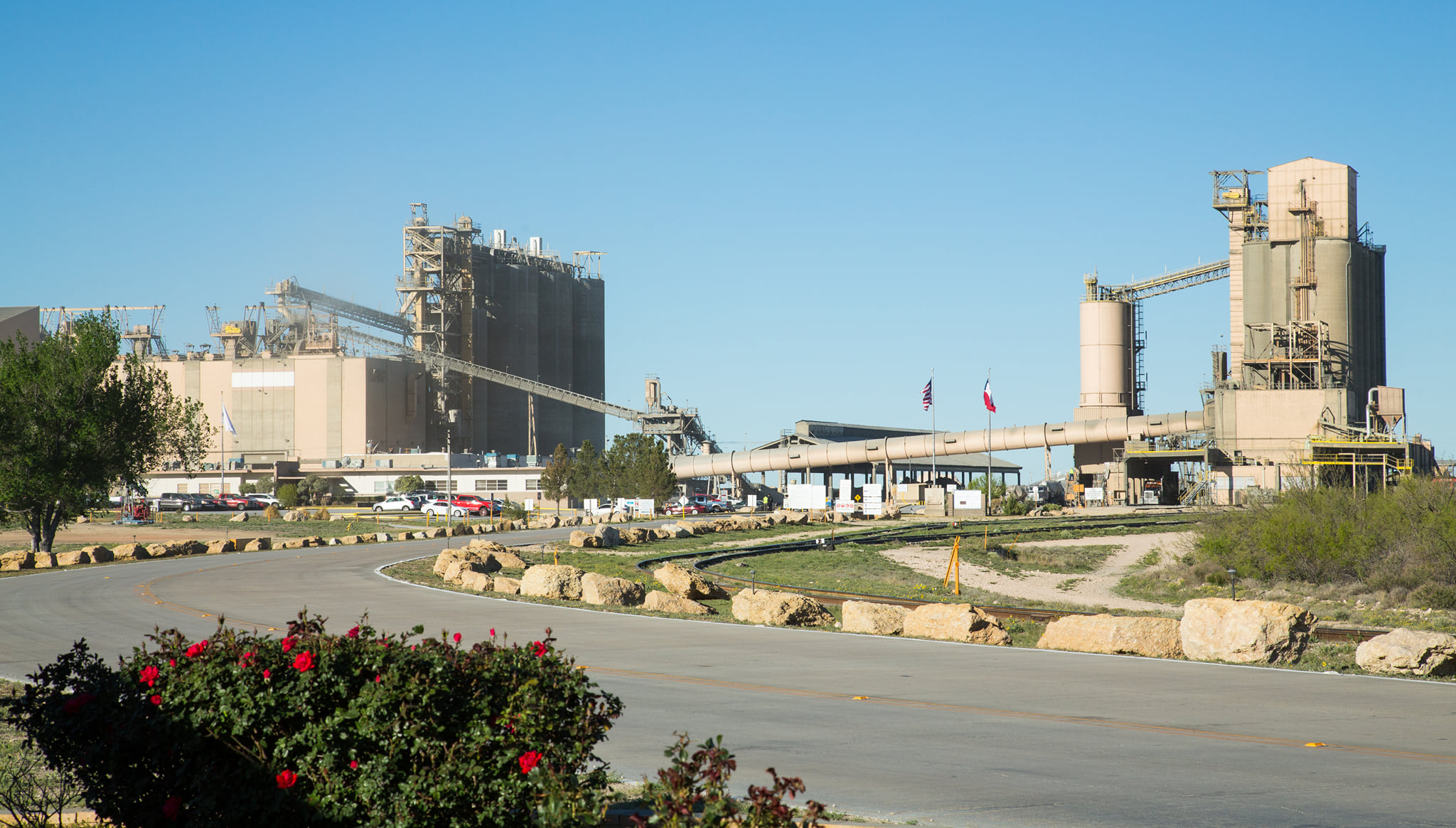Yes, 3D printed homes typically require a specialized cement or concrete mix that is specifically formulated for use with 3D printing technology. These mixes are designed to be extruded through a nozzle and then quickly harden into a strong, durable material.
The exact composition of the cement or concrete mix can vary depending on the specific 3D printing technology being used and the requirements of the project. Some 3D printing companies have developed their own proprietary cement mixes, while others may use more traditional concrete mixes that have been modified to work with 3D printing equipment.
In general, 3D printed cement mixes tend to have a high-water content, which makes them easier to extrude through the printer’s nozzle. They may also contain additives such as fibers or polymers that help to increase their strength and durability.
It’s worth noting that using a specialized cement or concrete mix is just one of the many factors that go into successfully 3D printing a home. Other important considerations include the design of the home, the performance of the 3D printing equipment, and the skills and experience of the technicians operating the equipment.
There are a few companies that are developing specialized cement mixes for 3D printed homes, including both established cement manufacturers and newer startups focused specifically on 3D printing technology.
